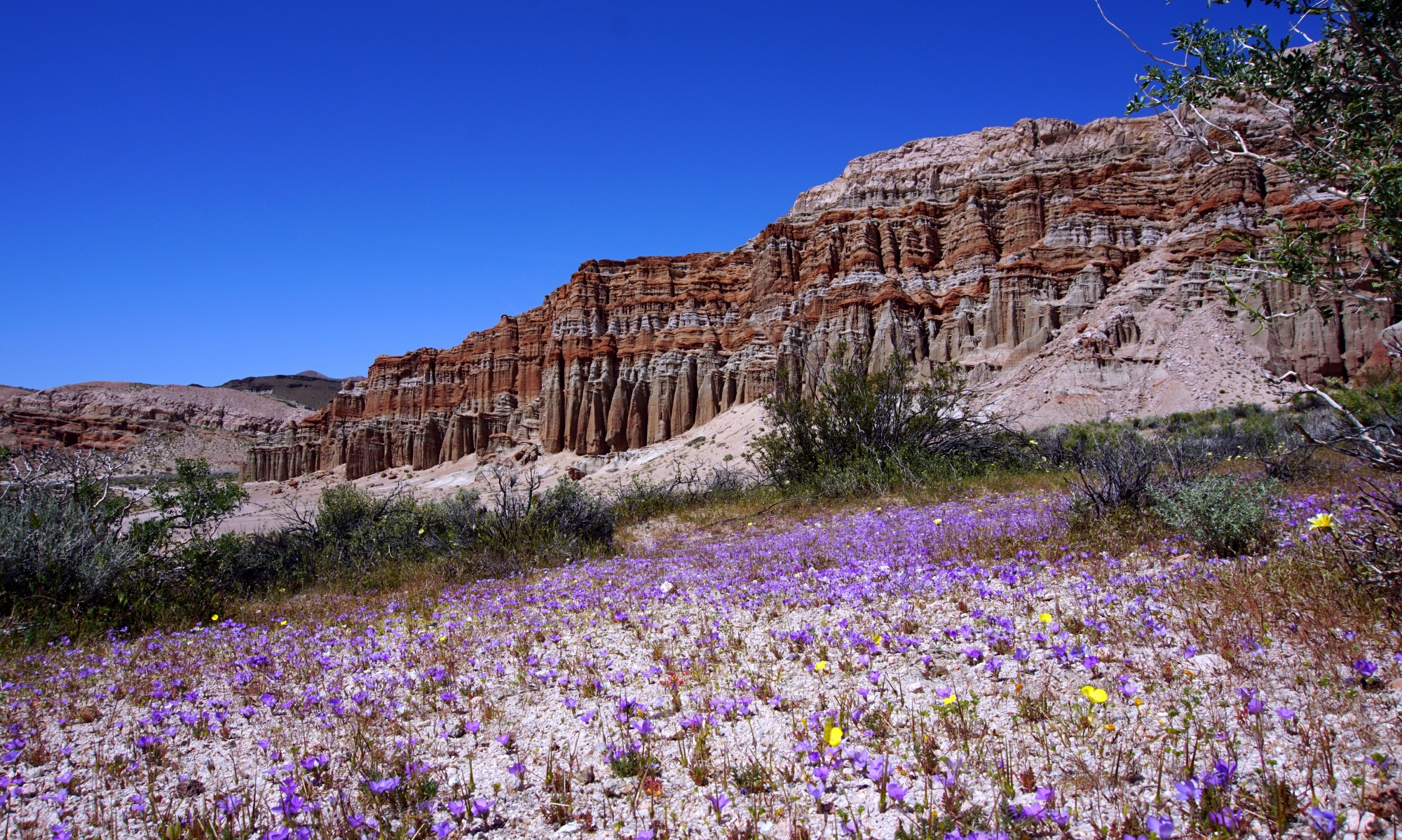RATING: ♦♦♦
“Casa Grande” is Spanish for “big house”, and lends its name to the Casa Grande Ruins National Monument. Casa Grande is an ancient four story building in the middle of the desert and is the largest structure at the site.
Debbie and Reed drove down from Phoenix to visit us at our RV park in Casa Grande, and together we drove to the nearby town of Coolidge to see the ruins.
Though it’s not much to look at, it is a very important archeological site with a fascinating history. In addition to the big house, the site contains the ruins of multiple structures surrounded by a wall, and was home to a large community for over a thousand years.
The compound was constructed by Native Americans living in the Gila Valley of Arizona in the early 13th century. Archeologists believe that the same people who built Casa Grande also developed wide-scale irrigation canals for farming and had extensive trade connections with native people in Mexico which lasted over a thousand years until about 1450. there are numerous other compounds in the area, but none as large are Casa Grande.
No one knows for sure why the area was abandoned. But the most likely theory is that the canals were destroyed by severe flooding, and the people simply moved to a less hostile environment.
The structures in the compound are made of caliche, and have managed to survive the extreme weather conditions for about seven centuries. The large house consists of outer rooms surrounding an inner structure. The outer rooms are all three stories high, while the inner structure is four stories high with the bottom story below ground level.
The main structure was named Casa Grande by Father Eusebio Kino in 1694, who was the first European to see it. Kino explored much of southern Arizona. It’s amazing to realize that when Kino discovered the big house, it was over 350 years old, and had already been abandoned for 150 years.
The ruins became a stopover for the Overland Stagecoach before the railroads were built. Early travelers marveled at the structures and the site became so well known that in 1892 it was proclaimed a cultural reserve by President Benjamin Harrison, the first of its kind. It was then re-designated a national monument by President Woodrow Wilson on August 3, 1918.
We saw graffiti from 19th-century stagecoach passengers scratched into its walls; though this is now illegal. Casa Grande now has a distinctive modern roof covering built in 1932 to help protect it from the elements. Due to its fragile nature, visitors to the site are not permitted inside. To protect its integrity, we were only permitted to view the outside of the structure.
We enjoyed the visitors center, which has a first rate exhibit and explanatory film. Afterward, we were treated to a tour by volunteer guide, David.







